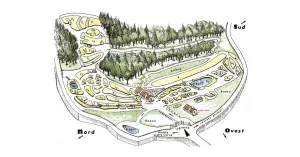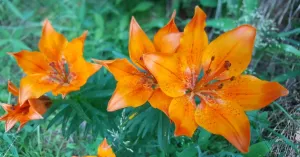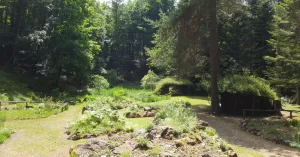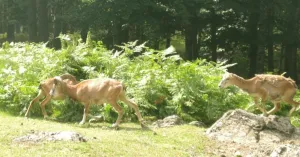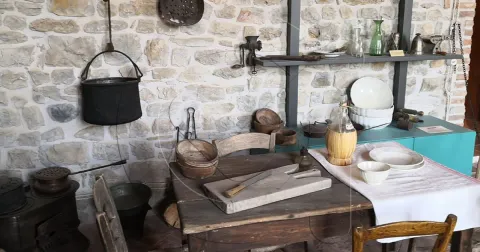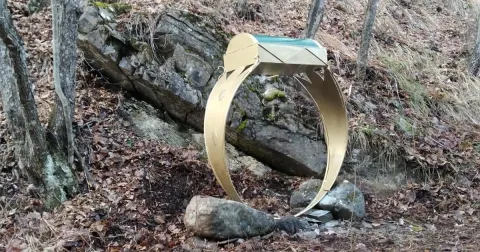Il Giardino Alpino di Pietra Corva è uno dei più importanti giardini botanici in Italia e situato all'interno del Comune di Romagnese.
Nato nel 1967 dall’idea del Dott. Ridella che, appassionato di botanica, voleva creare un giardino botanico in Romagnese, che non presentasse solo la flora tipica appenninica, ma anche alpina e di catene montuose anche più lontane; infatti dai suoi viaggi esteri su catene montuose come Ande e Pirenei, portava piante che ancora adesso possono essere visibili (molte sono andate sparendo, essendo alloctone).
Il Giardino è visitabile da aprile a ottobre, e il momento più interessante per osservare le tante fioriture è fra maggio – giugno.
Il fiore simbolo del Giardino è la Fritillaria, appartenente alle Liliacee, che si riconosce per il fiore a campana violaceo, con petali picchiettati di bianco. Può essere visibile sia all’interno del Giardino che nelle aree limitrofe, dove è possibile effettuare bellissime camminate immersi nella faggeta, nei boschi, fino ad arrivare alla cima di Pietra Corva, o di Pan per due (Panperduto) dove è possibile vedere i Sassi Neri, così chiamati per il caratteristico colore essendo di origine vulcanica.
Il Giardino Alpino di Pietra Corva è diventato SIC nel 2019 (Sito di Interesse Comunitario) riconosciuto dall’Unione Europea ed è gestito dalla Provincia di Pavia attraverso una convenzione che lega l’ente provinciale, il Comune di Romagnese e la Comunità Montana dell’Oltrepò Pavese.
Tra il 2021 e il 2022 il Giardino Alpino di Pietra Corva è stato oggetto di un importante rinnovamento grazie a fondi ottenuti da Regione Lombardia che ha permesso un adeguamento sia delle strutture interne, che del lato esperienziale con un concetto tutto nuovo di visita del sito con l’apposizione di tablet e di pannelli informativi all’interno del sito.
Giardino Alpino di Pietra Corva
Nato per presentare la flora tipica appenninica, alpina e di catene montuose più lontane, è diventato uno dei più importanti giardini botanici in Italia.
Prosegui la scoperta del territorio attraverso i nostri itinerari, clicca qui per vederli tutti
Durante le passeggiate tra le campagne dell’Oltrepò, soprattutto nel periodo primaverile, si possono incontrare molti fiori e piante, tra cui anche quelle officinali. Alcuni, dal profumo inebriante e dall’aspetto incantevole, possono trarci in inganno perchè non sempre sono innocui, specialmente se si pensa di utilizzarli in cucina.
Tarassaco, Luppolo Selvatico, Lavanda Officinale, Rosa Canina sono solo alcuni esempi di piante commestibili, che oltre ad essere ottime per la creazione di piatti originali possiedono numerose funzioni benefiche che pochi conoscono.
Al contrario, sono numerose le specie che non si prestano all’utilizzo nell’arte culinaria, ma ci rifanno gli occhi con i loro colori e la loro bellezza.
Scopri ciò che c’è da sapere sul mondo vegetale, quali piante sono edibili e quali proprietà nascondono.


